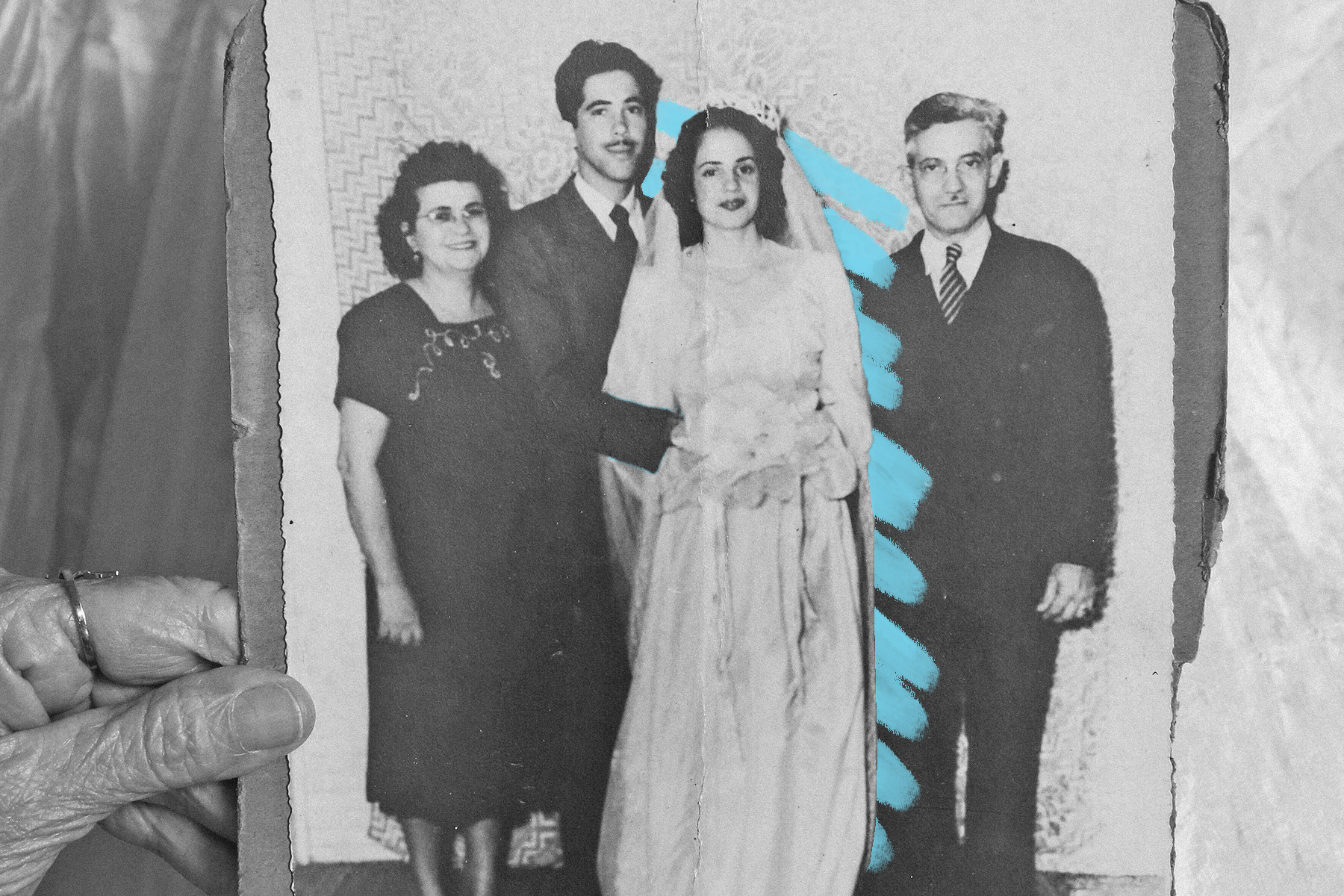Some WWII brides made their wedding dresses out of parachutes.
In the years during and immediately following World War II, it was not uncommon for brides to wear wedding dresses crafted from repurposed parachutes. While a lot of wartime ingenuity was a result of limited resources and rationing, in many cases, the reason behind parachute dresses was more sentimental. One 1947 wedding dress that’s now in the Smithsonian’s collection was made from a nylon parachute that aided one Major Claude Hensinger in his escape from a bomber plane that caught fire; the parachute not only deposited him safely on the ground, but also served as a pillow and blanket while he waited for rescue. When he returned to the U.S., he proposed to his girlfriend Ruth, suggesting she use the parachute that had saved his life to make her gown. The elegant dress was modeled after the one in the 1939 film Gone With the Wind; Ruth hired a seamstress to make the bodice, then ruched the strings of the parachute to make a gathered skirt and train.
Another dress acquired by the San Diego Air and Space Museum has a similar backstory: The parachute used to make it saved the life of groom Chuck Martin during a training flight on a bomber at the end of the war. His bride, Carolyn, altered it herself using the skills she learned in an eighth grade sewing class. A more elaborate dress in storage at the National Museum of the United States Air Force was made from strips of nine different parachutes used in combat. Of course, sometimes the parachute fabric (usually nylon) was simply what was available — but it still made for a good story. When two Holocaust survivors got married in 1946 at a displaced persons camp run by Allied forces in Celle, Germany, groom Ludwig Friedman purchased a parachute for fabric, and bride Lilly Lax hired a seamstress using her cigarette rations. The dress was worn by two more brides in similar camps afterward, and is now among the artifacts at the United States Holocaust Memorial Museum.







